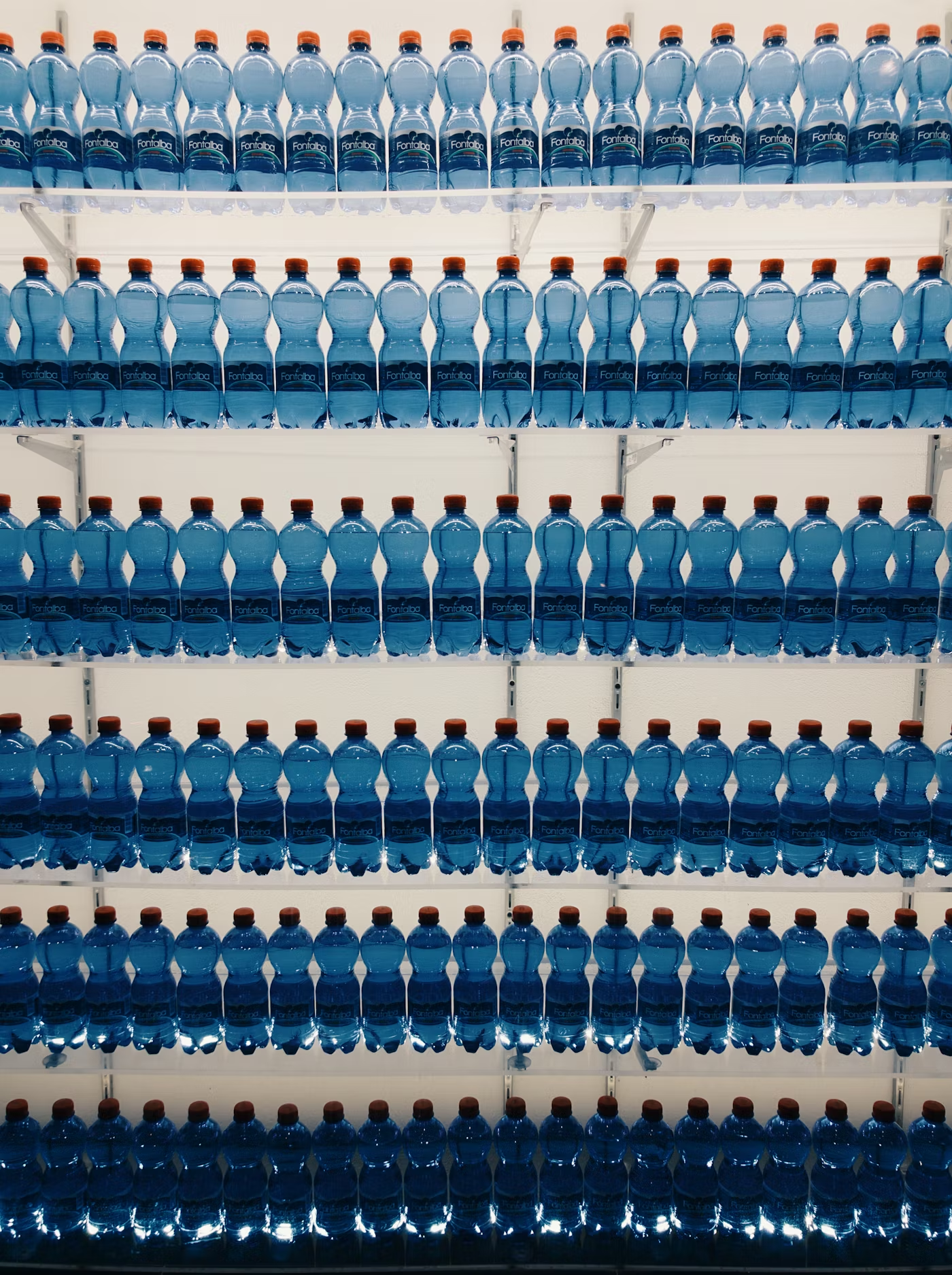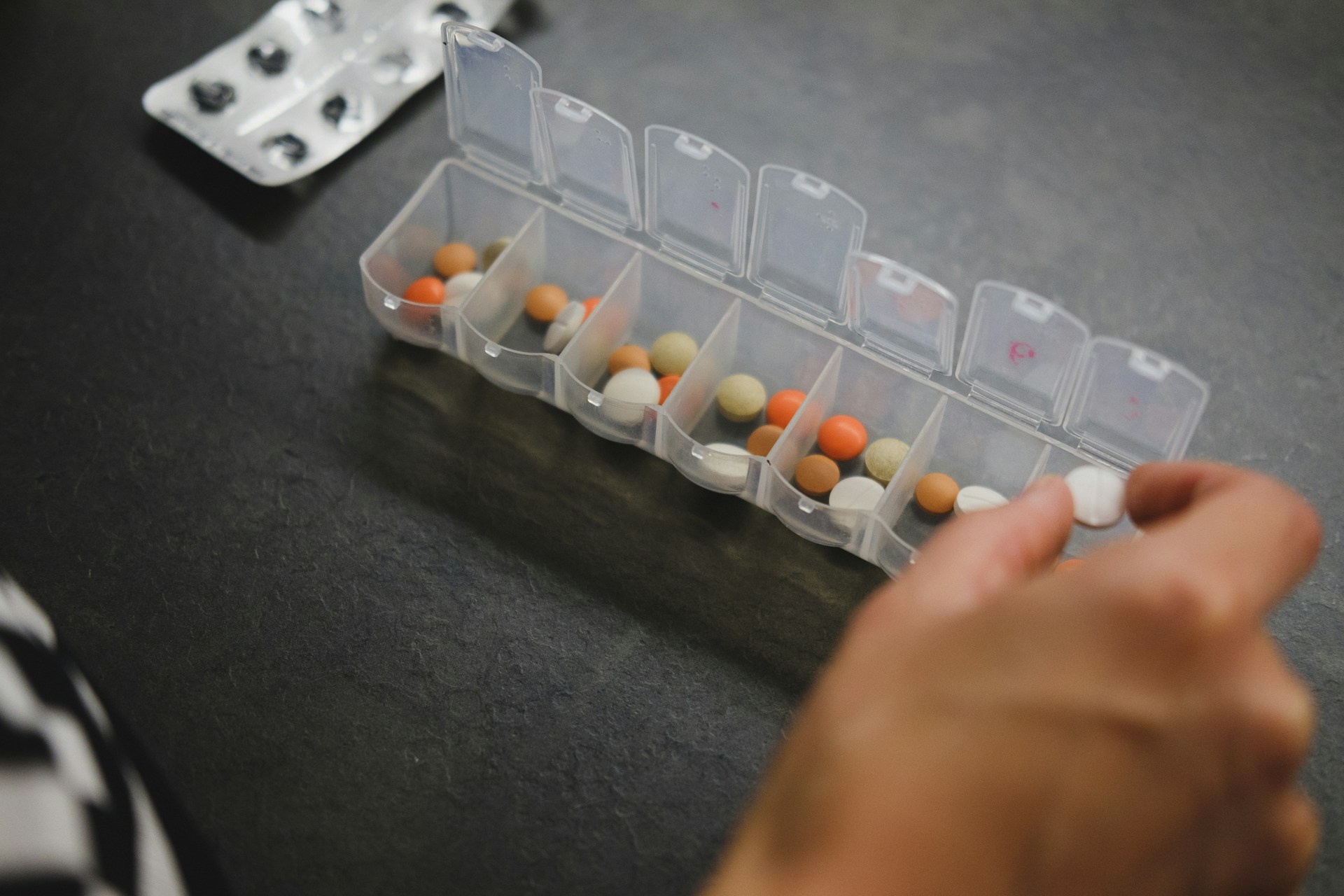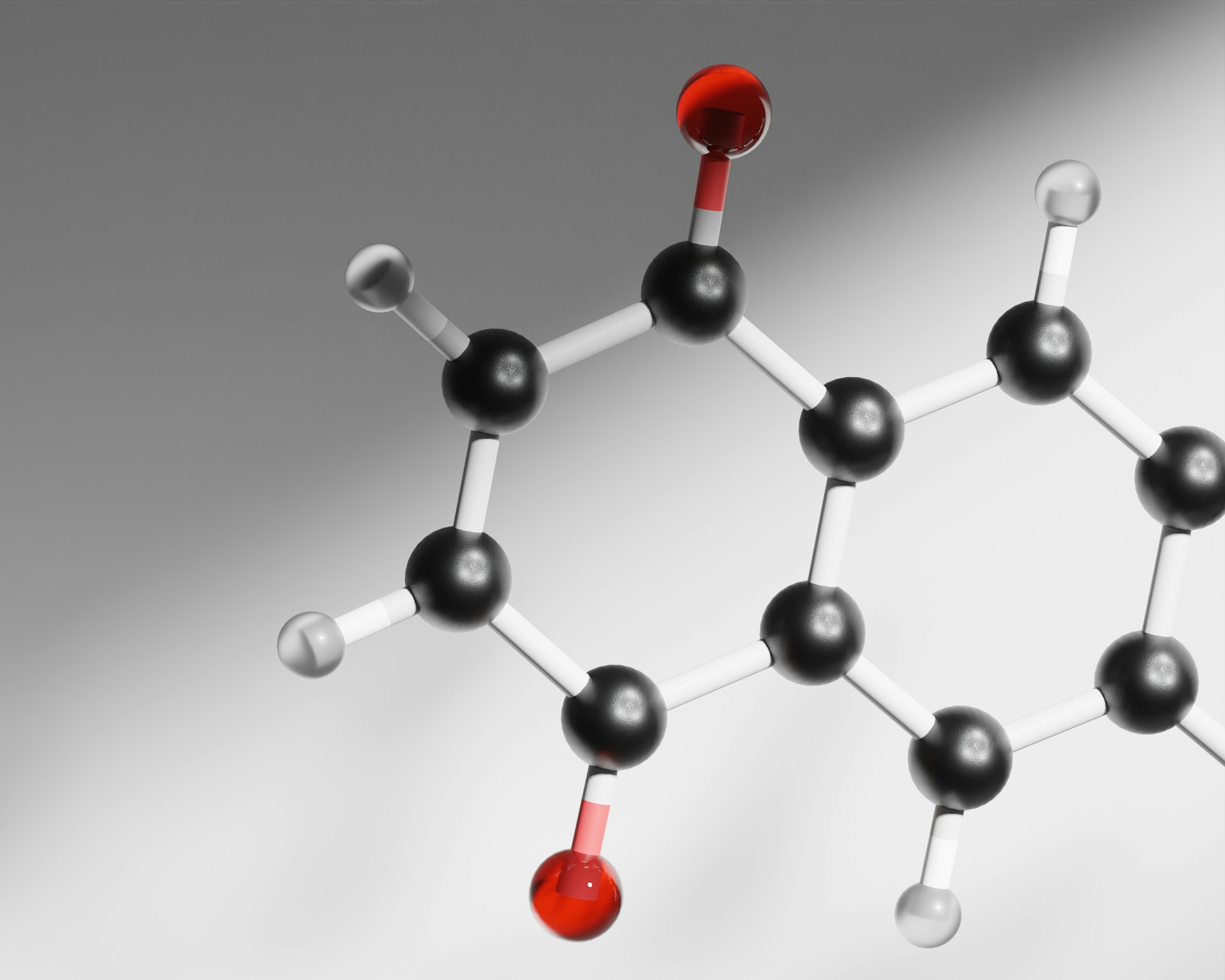The Fair Water exhibit is a poignant reminder of how universal water insecurity can be. Photo credit: Giuseppe Famiani via Unsplash.
On the evening of Friday 17 May, the Oxford University Museum of Natural History opened its doors to the public, showcasing its exhibit ‘Fair Water?’. With a wealth of activities and stalls, what a better way to start the weekend than by meandering around the museum?
At the heart of the main floor of the museum, nestled between the towering dinosaur statues and an exhibit on freshwater fish, lay River Kin – Journey to the source of the River Thames, a flat, paper-based depiction of the River Thames. This social sculpture invited participants to walk the distance between the source of the river in Kemble, Gloucestershire, all the way to Oxford. Floating down the river were a series of paper boats, on which people could place their answers to the questions dotted along the bank of the river, starting conversations about our connections with the rivers, and water, around us.
Oxford is known for being the city of “dreaming spires”, but in summer, it is hard to ignore the cooling appeal of the various rivers – the Cherwell, the Isis, and the Thames. In winter months, with excess rain, flooding can have a drastic impact on lives and businesses. A 3D Lego model built by a group of engineers at Atkins (a civil engineering and project management company) allowed attendees to view all three rivers at once, whilst helping to build flood defences to protect miniature versions of the iconic Oxford buildings. This exhibit sparked the interest of children and adults alike, helping to showcase how there is an ever-present need to manage and adapt to future weather events, especially in the face of climate change making them more extreme and unpredictable.
Participants could interact with the iconic Oxford rivers not only through the form of paper and Lego, but also through handling local water samples and examining them beneath the microscope. Samples varied in nitrogen content, with the high nitrogen sample bustling with algae. This excess of nitrogen is often caused by human factors, such as the release of sewage or agrochemicals into waterways. The subsequent excessive microbial growth is known as eutrophication and is detrimental to the environment, as the decreased local water oxygen content threatens other forms of wildlife. Recent reports from Bangor University found high levels of norovirus and E.coli in water taken downstream of the Thames from Little Marlow Treatment Works, with locals expressing a concern at being able to enjoy their local waterways.
The events continued their way into the Pitt Rivers Museum, with the dampened lighting in the room allowing for the spots of blue fairy lights to sparkle. Here, individuals were enveloped in the sound of water itself through field recordings, many from the museum archive itself, having been collected as part of Sound Water Portals by Noel Lobley. The sounds ranged from the clinking sound of water changing from water to ice, to the gasps of fossilised wood drinking. The way that we physically interact with water was also explored, and the public were allowed to hand objects from the collection. This included a recycled water container used by practicing Muslims in North Africa during religious rituals, as well as a sustainable fishing container used by communities in the Caribbean.
These activities highlighted how we influence and interact with the water that flows through the heart of our societies. However, the way that we talk about or view the resource of water, is not the same locally, let alone globally. Continuing to the upstairs of the museum, the main exhibit, Fair Water, explored this idea of water insecurity further, being supported by REACH, a research programme backed by the University, to help improve water security.
The exhibit considered both the physical and social factors preventing reliable access to enough clean and safe water.
The exhibit considered both the physical and social factors preventing reliable access to enough clean and safe water. Infrastructure plays a crucial role in access to secure water, and is something felt by the people of Bangladesh, with 1.5 million hand pumps not working. Despite the ease of fixing this infrastructure, the main issue is keeping the water clean thereafter. 2 billion globally drink water that is unsafe, with constant testing and improvement of infrastructure needed. Turning on a tap for clean water is something taken for granted in the Western world, with many outside of it having to walk a considerable distance for poor quality water. This issue is not shared equally amongst its casualties. A study in Lodwar, Kenya , highlighted the increased time spent by women on water collecting. Women are also more likely to go thirsty when water is scarce. Improving water management systems can give power back to these women, reducing social inequality.
Water insecurity is felt by everyone around the globe, though the extent and nature vary drastically. With increasing global temperatures caused by climate change, it is becoming more difficult to predict weather events, and communities nearer the equator are likely to be more negatively affected. Social factors will continue to influence a person’s ability to access water. Stepping out of the museum, one is reminded of this fact when seeing the peaceful encampment on the lawn in support of Palestine. Due to restrictions imposed by the Israeli government, the 2.2 million Palestinians living in Gaza have access to 1-3 litres per person per day, for all uses, often resorting to drinking from unsafe sources.
With increasing global temperatures caused by climate change, it is becoming more difficult to predict weather events
Summer evenings are usually spent in the pub, quenching one’s thirst amongst friends. After a Friday evening spent at the Oxford University Museum of Natural History, it has become ever more apparent the way we often take our resources for granted. The community of Oxford came together on this evening to engage and learn about the issues and future of the one substance that connects us all: water.





